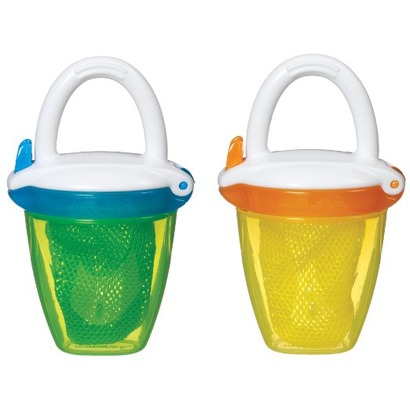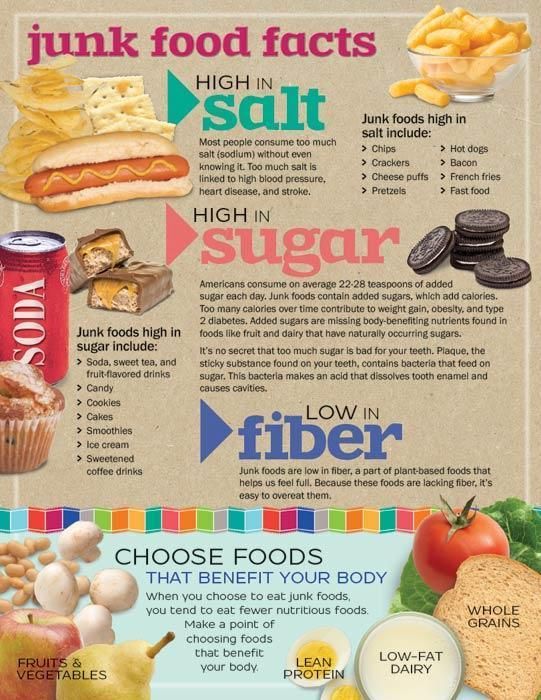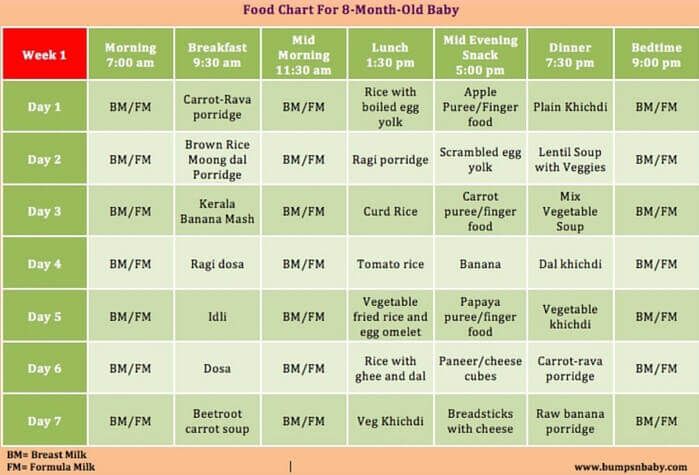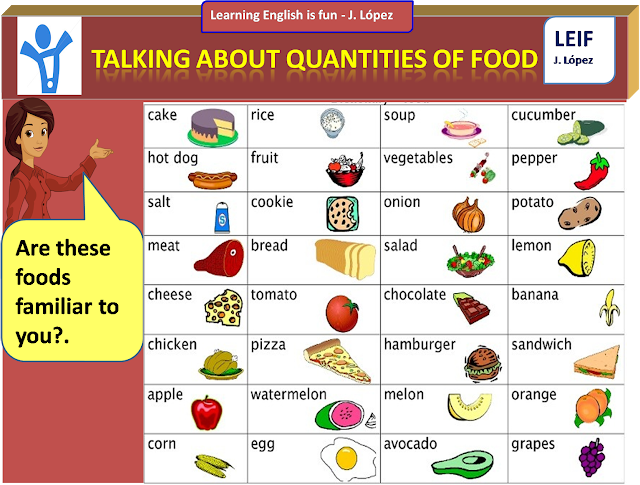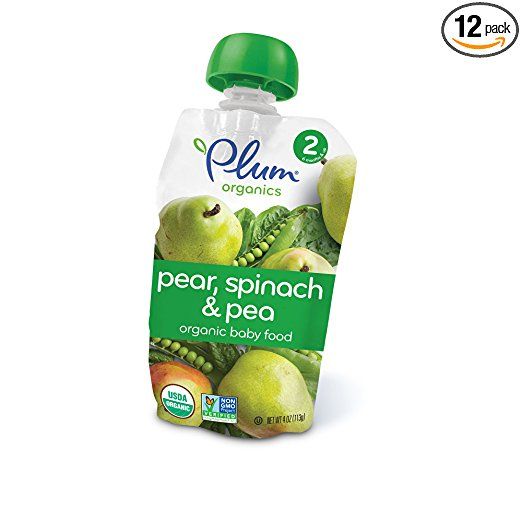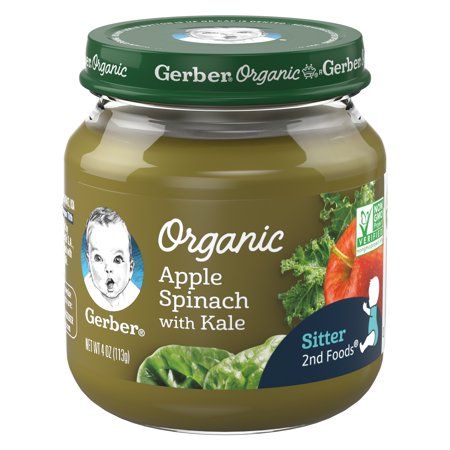Munchkin baby feeders
Ultimate Guide to Baby Feeders: Mesh and Silicone
You may have seen baby feeders, whether mesh or silicone, and wondered what they are for. They are a great tool for feeding babies and toddlers—and are especially awesome for teething relief. There are many on the market though, so today I’m sharing the best of the best.
Baby Feeder
A baby feeder is made up of an easy-hold handle and a little pouch with lots of holes. The idea is that the holes allow some of the flavor and texture of the food to come out, without the concerns that may come with larger pieces of food.
This means you can worry less when it comes to choking risks.
One thing to keep in mind: They don’t allow babies to have the full texture experience of the food—since the texture is mostly the mesh of the feeder. That means you don’t want to use one of these for every meal (or even most meals).
Lots of exposures to lots of textures helps babies and toddlers gain confidence in handling all sorts of foods, which can make feeding kids a lot easier over the long run.
But an infant feeder can be a handy tool to have in the mix, especially if on the go, starting to transition to baby food, or trying out a new food that has you a little nervous.
And they are a great way to offer cold teething relief to soothe baby’s gums.
Baby Fruit Feeder
Many people like to use baby feeders to offer fruit, either fresh or frozen, since the product is a safe way for baby to suck on and explore the flavor of a wide range of fruit.
TIP: Another name for this is Baby Fruit Pacifier.
Best Baby Food Feeders
Below are my top picks for infant feeders chosen for ease of use, durability, and ease of care (as in washing!). There are different materials listed, as well as specific information on each product.
Best Mesh Feeder
Munchkin Baby Feeder, sold in a set of two. (Or choose the ones that come with travel caps.)
This baby feeder has a streamlined, simple design of a mesh bag for the food and a ring for baby to hold onto.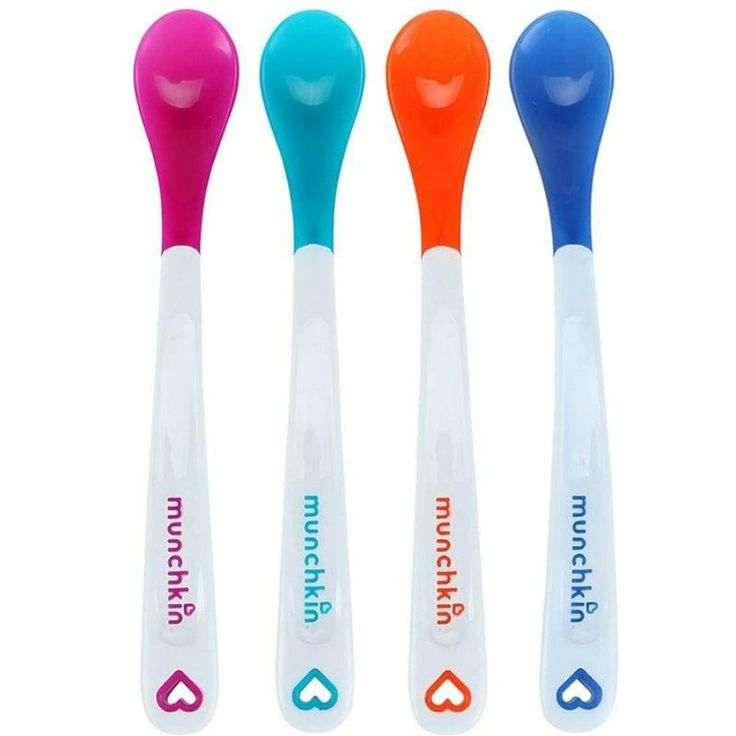 Small, digestible pieces of food come through so baby is getting some nourishment (and comfort if using for teething) without the risk of choking. It’s about $7 for two of them.
Small, digestible pieces of food come through so baby is getting some nourishment (and comfort if using for teething) without the risk of choking. It’s about $7 for two of them.
Best Silicone Feeder
Boon Silicone Feeder
This baby feeder, which is priced at under $6, is made from durable silicone and can be used with fresh or frozen foods. The interior stem forces food toward the tiny holes in the feeder and the small handle is sized just right for baby’s little hands.
Kidsme Baby FeederBaby Feeder Pacifier Combo
Kidsme Food Feeder
This popular Kidsme feeder has a replaceable silicone pouch that comes in two sizes, so you can adjust and replace as your child grows. It has a unique handle style that some babies may prefer and can be used as a pacifier too. It’s usually priced around $15 and is recommended for ages 4-24 months.
What baby foods should I put into a baby feeder?
Here are some fruits that are good to serve in a baby feeder:
- Raspberries, fresh or frozen
- Strawberries, fresh or frozen
- Blackberries, fresh or frozen
- Cantaloupe
- Honeydew
- Banana
- Mango, fresh or frozen
- Roasted sweet potato
- Roasted butternut squash
- Ripe fresh pear
- Fresh cucumber, skin removed
- Watermelon
- Cooked red meat such as steak
- Frozen grapes (These are NOT safe served to a child this age in any other way as they are a choking risk.
 They are fine served inside the feeder, though.)
They are fine served inside the feeder, though.)
TIP: You can use frozen fruit or ripe fresh fruit that’s soft and easy to gum. Avoid any fruits or veggies that are very hard as baby may be frustrated by that texture.
Frequently Asked Questions
What age can baby use a mesh feeder?
Babies can use an infant feeder soon after starting solids around 6 months, or when they can easily hold it and bring it to their mouth.
How do I use a baby feeder to help with teething?
If you fill the feeder, whether mesh or silicone, with frozen fruit, you can soothe teething in infants who are eating solids or in toddlers. It’s cold and yummy, yet requires no real work for the child to suck on, so it’s comforting.
Are all of these baby feeders BPA-free?
Yes, if you choose a mesh baby feeder or one made from silicone, they are BPA-free.
What’s the best way to clean a baby feeder?
Try using a bottle brush or just running water to clean out the mesh. It should be fairly easy to clean if you avoid letting it sit too long with food in it!
Are baby feeders good for babies?
The one downside could be that if you rely on them too much, the child learns the texture of the feeder, rather than of the food. This can make it harder for a child to learn to move actual food around in their mouths and harder for them to accept a range of textures in the future when you don’t want to be using the mesh feeder as much.
Because of that, I recommend using this product at limited times such as when on the go at a restaurant or to help sooth a teething infant, baby, or toddler.
This is not recommended as a way to feed your child at every meal.
If you are worried about choking, review this information on toddler choking and trust that if you serve foods that are easy to squish between your fingers, baby is sitting down at meals, and you are with them, they will learn to eat like so many other kids who have gone before them!
You May Also Like
- Best Baby Puffs
- Favorite Sippy Cups
- Best Snack Containers
- Best Lunch Boxes
- Favorite Suction Bowls
- Top High Chairs
I’d love to hear your thoughts on baby feeders in general or on these specific products, so please comment below to share!
This post was first published May 2019.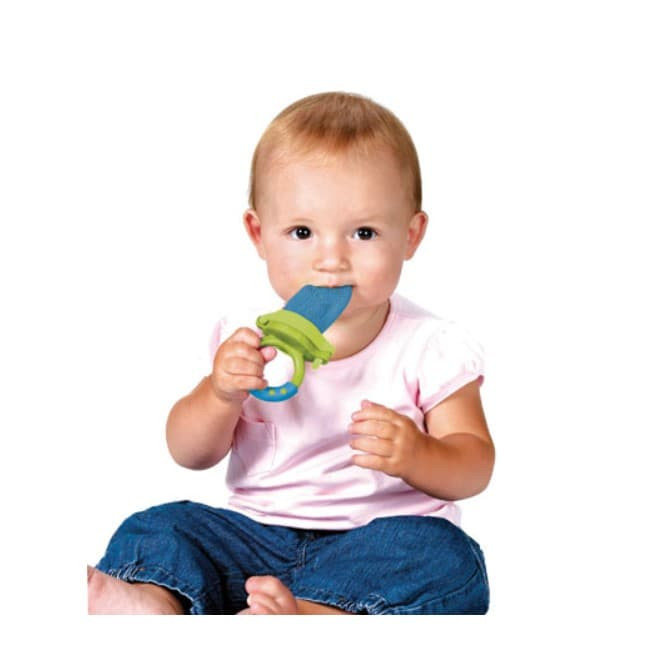
Munchkin Fresh Food Feeder - Green & Blue
Skip to navigationSkip to content
Fully committed to helping moms breastfeed since 2009
Fast And Free Shipping
Great Customer Service
Breastfeeding Friendly
Free Pump Testing
Load more images
- {gallery-thumbs}
Load more images
Php 290
Or 3 monthly payments of PHP97 with 0% Buy Now, Pay Later with
, or
*minimum PHP3,000 spend to avail.
Earn Php 2 Cashback when your order is delivered.
Hurry less than 6 left
Munchkin Fresh Food Feeder - Green & Blue quantity
Add to Baby RegistryHurry less than 6 left!
- Description
- Reviews 0
- Q & A
Feed your infant fresh foods safely with this mesh feeder
You want what’s best for baby, and that means adding fresh fruits, vegetables and purees to the mealtime mix. The Munchkin Fresh Food Feeder allows your little one to enjoy delicious finger foods without giving you cause for concern. With its simple mesh design, this handy teething feeder allows for babies to gnaw on foods safely. Simply place a piece of fruit, vegetable or even meat into the mesh bag and snap it shut. Baby can chew, suck and taste the whole food goodness, with only small, digestible pieces coming through – reducing the risk of choking. It’s also a smart alternative to a teething toy. The Fresh Food Feeder features a colorful, easy-grip handle for your little one to hold – making this his first real step toward feeding independence.
The Munchkin Fresh Food Feeder allows your little one to enjoy delicious finger foods without giving you cause for concern. With its simple mesh design, this handy teething feeder allows for babies to gnaw on foods safely. Simply place a piece of fruit, vegetable or even meat into the mesh bag and snap it shut. Baby can chew, suck and taste the whole food goodness, with only small, digestible pieces coming through – reducing the risk of choking. It’s also a smart alternative to a teething toy. The Fresh Food Feeder features a colorful, easy-grip handle for your little one to hold – making this his first real step toward feeding independence.
- Introduce fresh fruits and veggies to your baby with ease
- Feeder helps reduce the risk of choking – only small pieces of digestible food get through
- Simple and easy to use – place food in mesh bag and snap shut to secure
- Colored mesh reduces staining
- BPA-free
- 6+ months
There are no questions yet
Ask a question
Your question will be answered by our customer service or other customers.
This site is protected by reCAPTCHA and the Google Privacy Policy and Terms of Service apply.
Thank you for the question!
Your question has been received and will be answered soon. Please do not submit the same question again.
Error
An error occurred when saving your question. Please report it to the website administrator. Additional information:
Add an answer
This site is protected by reCAPTCHA and the Google Privacy Policy and Terms of Service apply.
Thank you for the answer!
Your answer has been received and will be published soon. Please do not submit the same answer again.
Error
An error occurred when saving your question. Please report it to the website administrator. Additional information:
Bird feeders: sizes, types, selection rules
Content:
- Why do we need feeders?
- Types of feeders
- Selection and installation guide
- Things to remember
- Which feed can be used
- Useful findings
"Small little birds are chilled,0022
and Blizzard with a roar frantic Knights Svetnoy 9000
Remember these lines from Yesenin's poem? In winter, birds have a hard time.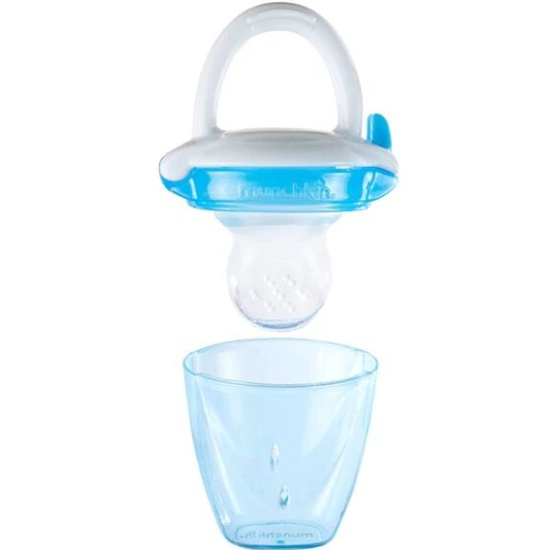 Lack of food becomes a problem. Food is needed in order for the body to produce heat. Ornithologists have calculated that in frosts 90 percent of birds die from lack of calories. The task of a person is to come to the aid of birds. One feeder , hung behind a window or on a tree, provides food for several hundred birds.
Lack of food becomes a problem. Food is needed in order for the body to produce heat. Ornithologists have calculated that in frosts 90 percent of birds die from lack of calories. The task of a person is to come to the aid of birds. One feeder , hung behind a window or on a tree, provides food for several hundred birds.
Why do we need feeders?
1. This is to help flying friends get the food they need for life.
2. Making or attaching feeders together is an excuse to spend time with your family. nine0005
3. Children will be happy to follow the replenishment of food . This will teach a responsible attitude towards our smaller brothers.
4. Knowing that there is a feeder on your site, the birds will fly in in the summer and protect the trees from insects
5. Feeders can become a beautiful element of decor in the garden.
6. For pecking feed Birds are interesting to watch for both children and adults.
For pecking feed Birds are interesting to watch for both children and adults.
When we were kids, we made bird feeders out of milk cartons. Today, it can be made from a variety of materials or you can choose a ready-made version that will decorate your backyard or apartment window.
Possible materials are wood, metal, cardboard, plastic, plywood.
Basic types feeders :
1. Suspended. Such models are hung on a tree branch. They have an elongated shape and mesh sides, from which it is convenient for birds to get food . It is desirable that feeder be wide enough to accommodate several birds.
2. Platforms . They are a flat plane on which feed . Such feeders have a number of disadvantages - the grains get wet in the snow and rain, scatter from the wind.
3. Trays. Pallets with sides and a roof are not only a place to eat, but also protection from the weather.
Feeders-trays and trays are large, so a dozen birds can eat on them at once. nine0004
4. Peelers. Designed for small birds. In such feeders it is better to put bread, which will be held by a metal mesh. Birds will peck out food from the cells.
5. Hoppers. They are small in size, so feathered friends will have to queue up to peck at the grain. There are models with automatic grain feeding, which is practical, since the feed will not scatter. nine0027
6. Cottages. A suitable option for a summer cottage. These are flat areas with a roof, so the bird's meal will not be spoiled by moisture.
Selection and installation guide
1. Decide where feeder will be installed. Small options are suitable for the apartment window - peelers, bunkers, hanging ones. Large ones will look good on the plot - houses, trays, platforms. nine0027
Small options are suitable for the apartment window - peelers, bunkers, hanging ones. Large ones will look good on the plot - houses, trays, platforms. nine0027
2. Locate the "refectory" in a place where food will not get wet from snow or rain. If this is not possible, consider options with a roof.
3. Birds can be easy prey for cats and small predators. Feeder must be installed so that the animals cannot reach it.
4. The product must be well reinforced. You can screw it to a tree, but there is a chance of damaging the trunk. Much more efficient to attach feeder to a free-standing pole, which must be well dug into the ground.
5. If you are going to install a feeder in the forest, but do not have the opportunity to add feed daily, choose models with automatic grain feeding.
Things to remember
1. Birds find food thanks to their sharp eyesight. Feeder must be bright. Another way to attract attention is to hang a bright ribbon on it. nine0027
Feeder must be bright. Another way to attract attention is to hang a bright ribbon on it. nine0027
2. When making a "dining room" on your own, give preference to safe materials. Staining is permissible only on the outside - lacquer or paint contains toxic substances.
3. It is more difficult for large birds to find food than for small ones. Sparrows love to swoop down on food in a flock and quickly peck everything. If you do not have time to constantly replenish feeder , choose smaller models, such as hoppers. Only one bird can eat at a time. nine0005
Which food
can be usedIt is recommended to feed the birds with grains and some types of natural food.
Can:
- wheat, millet, oats;
- frozen or dried berries;
- bread crumbs;
- fat - for tits;
- pumpkin and watermelon seeds;
- sunflower seeds. nine0008
Not recommended:
- moldy bread;
- rice, buckwheat;
- chips;
- fruit and vegetable peel;
- certain kinds of nuts;
- fried and smoked natural food.
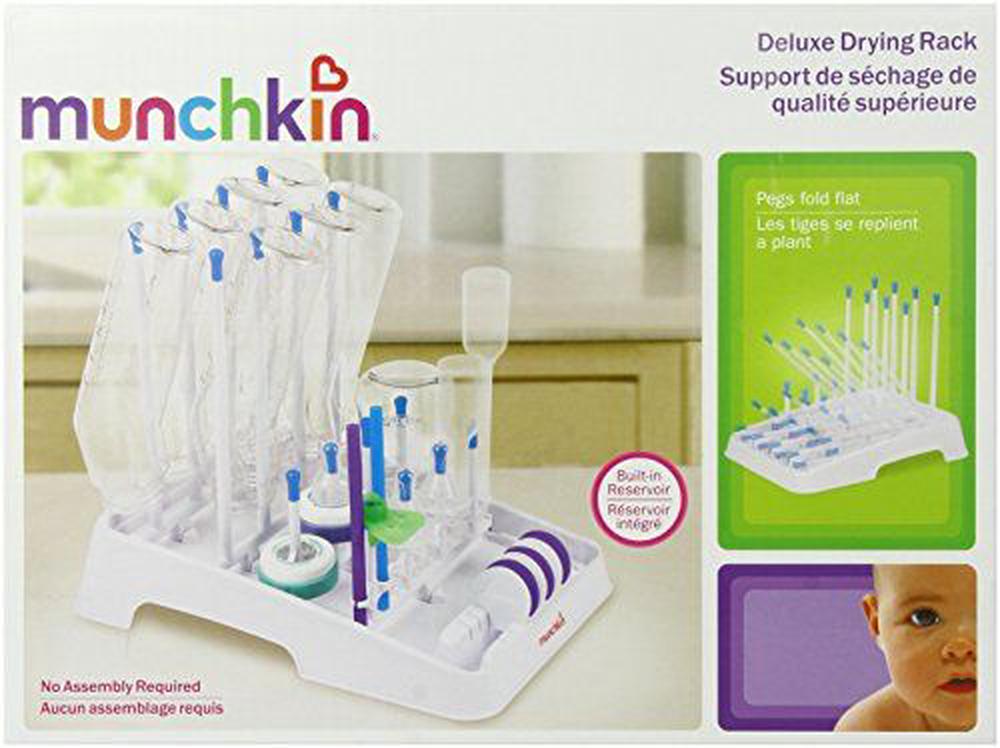
If you are afraid of making a mistake with the choice of ingredients, you can purchase ready-made bird food . A mixture of grains, dried vegetables and fruits contains all the necessary nutrients that will saturate the body of birds. nine0004
Useful conclusions
- in winter it is difficult for birds to get food without human help;
- feeder you can make yourself or choose a ready-made option;
- "dining room" for winged birds must be protected from predators, snow and rain;
- Not every kind of food is good for birds. Opt for prepared foods containing grains, fruits, vegetables and nuts. nine0008
We also recommend
CHILDREN AND YOUTH ART GALLERY
Composition of feeding birdsTo begin with, we list the bird species already noted on feeding grounds. sites and in their immediate vicinity.
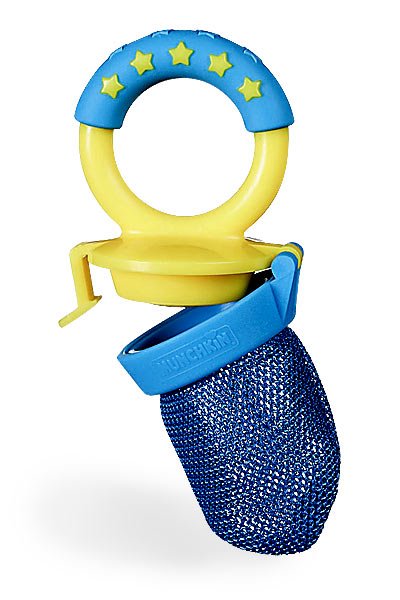 For convenience, let's break list into three groups: "classic" visitors to feeders, rare or unusual visitors, random visitors.
For convenience, let's break list into three groups: "classic" visitors to feeders, rare or unusual visitors, random visitors.
"Classic" feeders:
Large tits are perhaps the most massive visitors to feeders. Titmouse - visit feeders as willingly as great tits, but are usually less common simply because of their smaller numbers. House sparrows - in the city can be regular visitors, although complex designs are not mastered immediately (see below). Tree sparrows - may be common visitors to high number. Gray pigeons - are attracted to feeders, even completely unsuitable them by design (from milk bags). Interesting individual attempts pigeons to master the approach to the feed through the notch. Birds grab onto edge of the notch and, often flapping their wings to keep their balance, try get to the food. Gray crows - tearing feeders from milk bags. Nutcrackers - do not miss the opportunity to use the feeder, and not only eat food "on the spot", but also actively store seeds and even pieces of bread.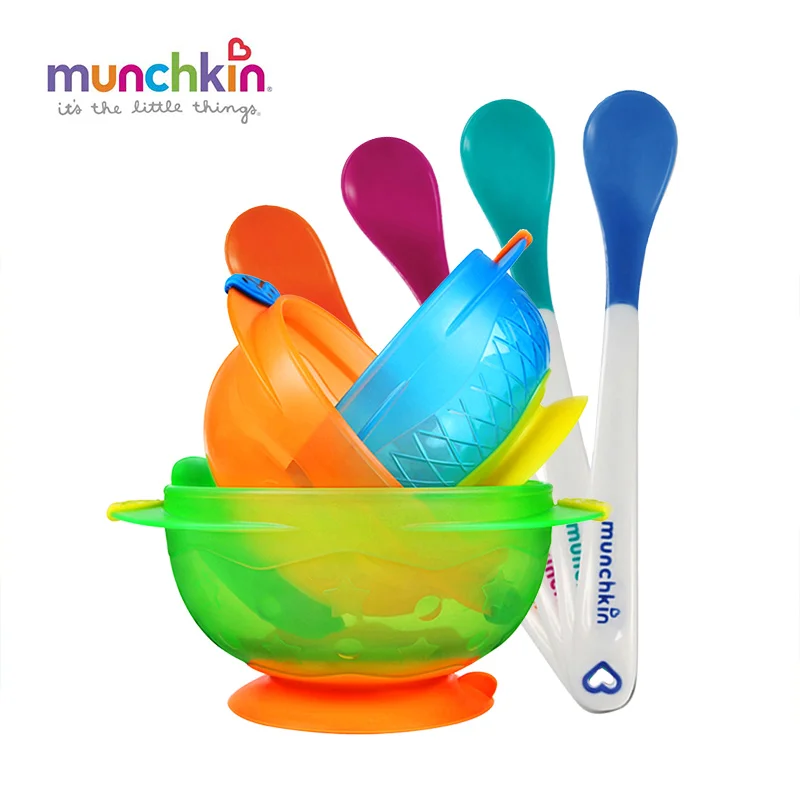 Great spotted woodpecker - can be a common and regular visitor. Sometimes woodpeckers use permanent perches to peck seeds, individual for each individual. Bullfinches - described in the literature as ordinary visitors to feeders, however, according to our observations, they do not immediately learn to use them (see below). Often they are noted when they eat berries and buds in the immediate vicinity. proximity to the feeding ground. nine0005
Great spotted woodpecker - can be a common and regular visitor. Sometimes woodpeckers use permanent perches to peck seeds, individual for each individual. Bullfinches - described in the literature as ordinary visitors to feeders, however, according to our observations, they do not immediately learn to use them (see below). Often they are noted when they eat berries and buds in the immediate vicinity. proximity to the feeding ground. nine0005
Feeders rare or unusual:
Lesser Spotted Woodpecker - sometimes flies to feeders, especially suburban. According to our data, visits are extremely irregular. Tap dancers - regularly pick up crumbs and fragments of sunflower seeds, dropped by tits pecking at them nearby. can learn and methods of extracting food from the feeder itself. Greenfinches - pick up seeds dropped by tits, can take seeds and themselves. Grosbeaks - not massively noted on the feeders, but some individuals visit them quite regularly. Siskins - usually collect leftover food under the feeder. Goldfinches - in winter and summer they collect leftover food under the feeder. Linnets - in the summer they collect leftover food under the feeder. Jays - tear up feeders made from milk bags, visit feeders-houses. Magpies - often ruin the feeders, turn them over. Long-tailed tits - are attracted to the immediate vicinity of the feeder, pick up leftover food under the feeder. Muscovites - small, but regular and regular visitors country feeders located next to a coniferous forest. Brown-headed chickadees - rare on feeders in the city, but may be common or even numerous on country feeders located along adjacent to coniferous forest. Waxwings - usually visit the immediate vicinity of the feeder, where eat buds and berries from trees and shrubs. In the spring of 2005 in Golovkove, Solnechnogorsk district, they observed how the waxwing ate litter (apparently, to replenish mineral elements) birds from the bush - a favorite perch of all "ordinary" visitors to the feeder.
Siskins - usually collect leftover food under the feeder. Goldfinches - in winter and summer they collect leftover food under the feeder. Linnets - in the summer they collect leftover food under the feeder. Jays - tear up feeders made from milk bags, visit feeders-houses. Magpies - often ruin the feeders, turn them over. Long-tailed tits - are attracted to the immediate vicinity of the feeder, pick up leftover food under the feeder. Muscovites - small, but regular and regular visitors country feeders located next to a coniferous forest. Brown-headed chickadees - rare on feeders in the city, but may be common or even numerous on country feeders located along adjacent to coniferous forest. Waxwings - usually visit the immediate vicinity of the feeder, where eat buds and berries from trees and shrubs. In the spring of 2005 in Golovkove, Solnechnogorsk district, they observed how the waxwing ate litter (apparently, to replenish mineral elements) birds from the bush - a favorite perch of all "ordinary" visitors to the feeder. Finches - not immediately, but they learn to take seeds from the feeder. Fieldfare thrushes - in winter they pick up food under the feeder. Middle Spotted Woodpecker - Rarely found on feeders, but most likely due to their small number, and not "inability". White-backed woodpecker - if it is in the area, then it is quite possible expect at the feeder. Nutcracker is rare, but, apparently, due to its low abundance. nine0005
Finches - not immediately, but they learn to take seeds from the feeder. Fieldfare thrushes - in winter they pick up food under the feeder. Middle Spotted Woodpecker - Rarely found on feeders, but most likely due to their small number, and not "inability". White-backed woodpecker - if it is in the area, then it is quite possible expect at the feeder. Nutcracker is rare, but, apparently, due to its low abundance. nine0005
Casual visitors to the feeders:
Sparrowhawk - can be attracted to the feeder by abundance potential victims. Gray-haired woodpecker - recorded in the village of Khripkovo, Zaoksky district, Tula region. He was spinning near the house at the feeder, sat down and lightly picked the log the wall of the house, in the cracks of which the nuthatch actively stored seeds sunflower.
The list is most likely still very far from complete! For sure one can expect reports of both birds arriving for feeding sites for food, and about birds that do not use the feeder for "for its intended purpose" - as a food resource, but are attracted by the "atmosphere increased hype” in the area of the feeder. nine0005
nine0005
How birds become feeders
Not all birds are lucky enough to have instincts that allow them to to “understand” that a bizarre-looking structure is a feeder, containing many, many high-calorie foods, and quickly find a way extracting it from there. These birds are by and large only tits and nuthatch, well, maybe more woodpeckers. For other visitors feeders take more or less a long time to master new and unusual food resource. However, almost all birds whose nutritional spectrum includes those feeds that fill the feeder, able to learn how to use it over time. nine0005
There are three stages in this process. At first "newcomers" simply attracts a cluster of regular visitors, many of them even do not show a distinct interest in the feeder itself, “timidly” holding on away, as if watching. In the second stage, the birds are already using the place top dressing as a source of food, but they do not climb into the feeder itself yet.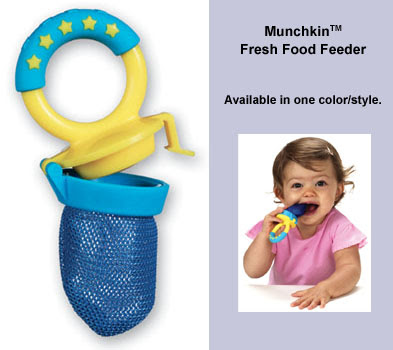 They they just pick up from the ground dropped by tits (main visitors) seeds and their remains, looking for them under the feeder and under perches, on which tits peck at food. After some time, accustomed birds begin to take seeds from the feeder itself, even though its the design may be clearly inconvenient for them, although, of course, convenience design greatly speeds up this process. nine0005
They they just pick up from the ground dropped by tits (main visitors) seeds and their remains, looking for them under the feeder and under perches, on which tits peck at food. After some time, accustomed birds begin to take seeds from the feeder itself, even though its the design may be clearly inconvenient for them, although, of course, convenience design greatly speeds up this process. nine0005
In the future, the ability to use feeders is transferred, apparently, by the mechanism of behavioral tradition. Therefore, a species that once mastered feeder, as a rule (unless something extraordinary happens), already does not drop out of the number of visitors. Thus, the number and variety of visitors grows over time - bait area "developing".
What are the advantages of the feeder?
Firstly, attracting birds to feeders creates additional opportunities for a more complete assessment of the species composition of birds this locality.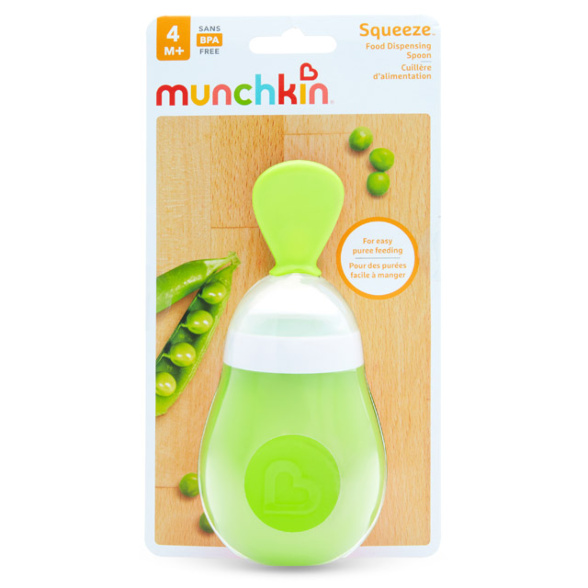 For example, we can cite the already mentioned feeder on a personal plot in the vicinity of the village. Golovkovo, where even during short arrivals in winter, it is possible to register Muscovites and tap dancers Note that to fix these few species during route surveys (and rather long ones) are far from always possible. A similar situation is noted with the field sparrow. Only top dressing feeder allows you to regularly mark this species in the city center (n. Semenovskaya, Zoo Museum of Moscow State University). And in the spring of 2006, thanks to the feeder, it was possible meet in the square E-11 greenfinch - very few in that area. nine0005
For example, we can cite the already mentioned feeder on a personal plot in the vicinity of the village. Golovkovo, where even during short arrivals in winter, it is possible to register Muscovites and tap dancers Note that to fix these few species during route surveys (and rather long ones) are far from always possible. A similar situation is noted with the field sparrow. Only top dressing feeder allows you to regularly mark this species in the city center (n. Semenovskaya, Zoo Museum of Moscow State University). And in the spring of 2006, thanks to the feeder, it was possible meet in the square E-11 greenfinch - very few in that area. nine0005
Secondly, even a feeder filled only occasionally can increase the diversity of birds in its vicinity . It is especially interesting to see how the number of visitor species in over a number of years. Our observations allow us to conclude that this The number is really growing year by year. For example, in the winter of 2002-2003. our feeder in the vicinity of the village of Golovkovo was visited only by great tits and puffs, in the winter of 2003–2004. it also regularly noted Muscovites, blue tit, tap dances, jays and magpies, and in the winter of 2004-2005. to they were joined by greenfinches and bullfinches, and in the spring of 2005 - a chaffinch. nine0005
our feeder in the vicinity of the village of Golovkovo was visited only by great tits and puffs, in the winter of 2003–2004. it also regularly noted Muscovites, blue tit, tap dances, jays and magpies, and in the winter of 2004-2005. to they were joined by greenfinches and bullfinches, and in the spring of 2005 - a chaffinch. nine0005
Apparently of greatest interest in terms of species diversity represent "country" feeders, especially if there is a forest nearby array. However, this question requires clarification, since some data from feeders in the parks of Moscow are no less interesting (the middle spotted woodpecker in Izmailovsky Park (Zubakin V.A.), nutcracker and white-backed woodpecker in the district Golyanovo in Losiny Island (Butev V.T.). The poorest species apparently, near-window feeders, located away from the "green" areas, although there, in addition to the usual views for the city center, there may be field sparrows and greenfinches. nine0005
When to feed?
In domestic popular literature, special emphasis is placed on winter bird feeding. But foreign benefits are advised to feed the birds year-round. As our experience and the experience of E. V. Makarova showed, this has a certain meaning, since in this case, in the field of view of the observer, in addition to common wintering species, both migratory (brimming) and flying ones can get: finches, linnets, grosbeaks. Spring and autumn observation at the feeder may provide some phenological data that supplement information about dates of arrival and departure of some birds. Often to the bird feeder bring chicks: feed and "bring to people." So top dressing can help prove the nesting of any species in the vicinity. Is it easy to find a hollow of puffs in the vicinity of a dacha village? And if available feeders are not scary and can not be found. nine0005
But foreign benefits are advised to feed the birds year-round. As our experience and the experience of E. V. Makarova showed, this has a certain meaning, since in this case, in the field of view of the observer, in addition to common wintering species, both migratory (brimming) and flying ones can get: finches, linnets, grosbeaks. Spring and autumn observation at the feeder may provide some phenological data that supplement information about dates of arrival and departure of some birds. Often to the bird feeder bring chicks: feed and "bring to people." So top dressing can help prove the nesting of any species in the vicinity. Is it easy to find a hollow of puffs in the vicinity of a dacha village? And if available feeders are not scary and can not be found. nine0005
What to feed?
All observations described in this section were obtained on feeders, feeding on which was carried out with a very limited set of feed (sunflower seeds and bread).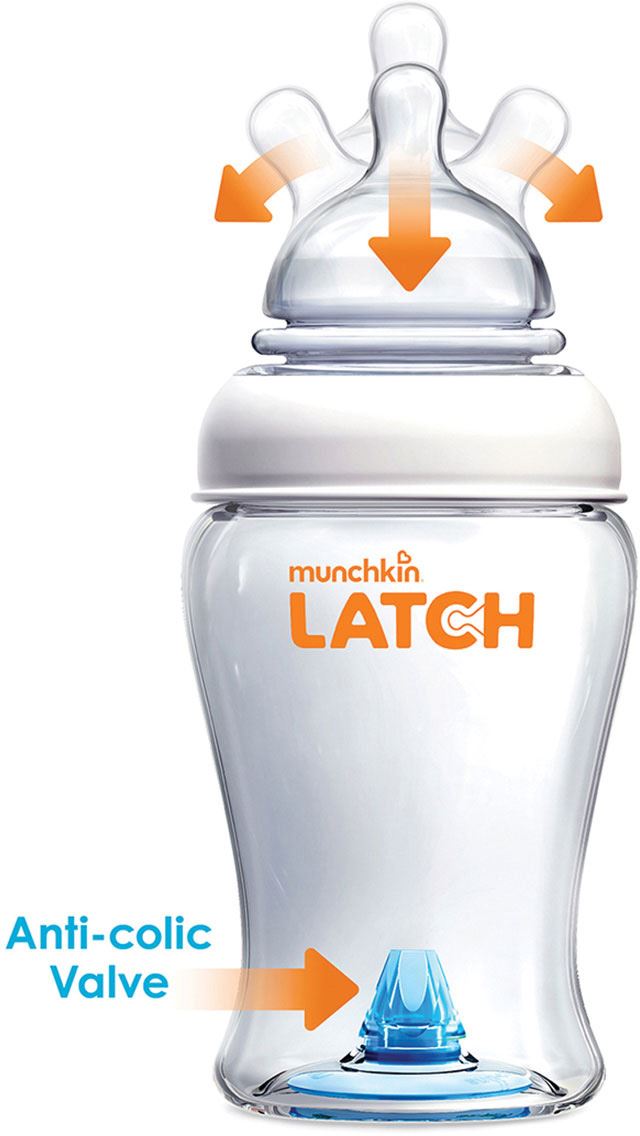 Numerous recruitment benefits birds recommend the use of a wider range of feeds: seeds wild plants, fruits of trees and shrubs, coniferous seeds, lard, hemp seeds, etc. For birds with small beaks (for example tapping) the same sunflower seeds can be crushed (for example, suppress on a newspaper bottle or can). But cereals for birds are not very attractive and not intimidating. nine0005
Numerous recruitment benefits birds recommend the use of a wider range of feeds: seeds wild plants, fruits of trees and shrubs, coniferous seeds, lard, hemp seeds, etc. For birds with small beaks (for example tapping) the same sunflower seeds can be crushed (for example, suppress on a newspaper bottle or can). But cereals for birds are not very attractive and not intimidating. nine0005
Feeder designs
The feeder can be made from anything. You may as well not do it at all: for example, sprinkle seeds directly on the windowsill or hang a piece fat on the wire. However, food usually has to be protected from rain and snow - for this you need a feeder with a roof and, accordingly, supporting walls and bottom. Here the boundless sea opens opportunities to realize the most daring fantasies. However, besides the fact that different designs evoke different aesthetic experiences in us, they may be unequal in their merits and from the point of view of birds.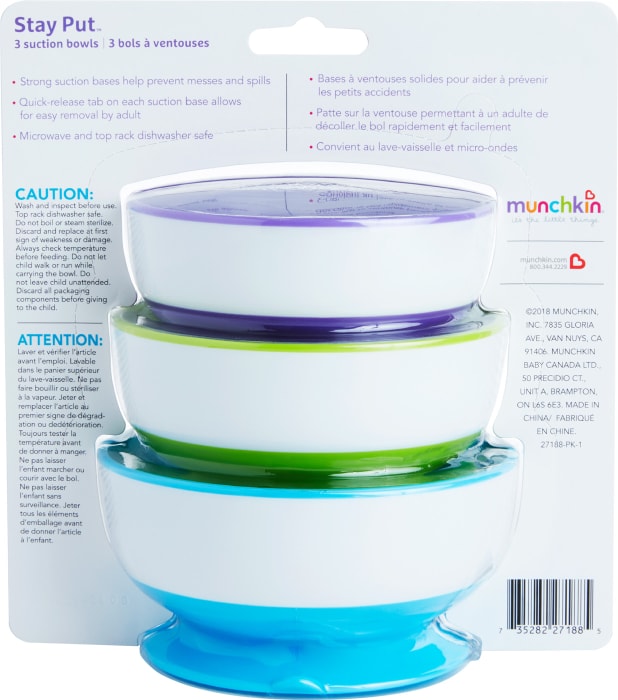 What kind same factors should be considered when choosing the design of the feeder? nine0027
What kind same factors should be considered when choosing the design of the feeder? nine0027
If you want to expand your circle of visitors as much as possible, you should choose a feeder with wide entrances or even with open walls - so as not to impede access to large birds and birds that in nature You don't have to get into narrow holes. Bulky and not so dexterous like tits, it is difficult for birds (sparrows, bullfinches, pigeons) to climb into swinging and bending feeders. However, in the end with the task they are also coping, but until then, you can do a lot of interesting things. observation of bird learning. nine0027
If, on the other hand, it is desirable to restrict visits to a species, such as sparrows or squirrels, to give advantages to rarer visitors, it may be worth making it difficult for them to access: make narrow notches, deeper bottom, hang the feeder on a swinging fishing line. Another way out: hang two feeders next to each other: “light”, distracting commonplace species, and "difficult" - for rare birds.
Questions and hypotheses
We offer bird feeders a few questions and suggestions, requiring further study and clarification by our common forces:
1. Is there always an increase in the number of visitor species to the feeder when years of use? How does this process take place?
2. Is there a direct relationship between the variety of feeds used and an increase in the diversity of bird species at the feeder, or a greater role here plays the location of the bait area and some random factors? nine0027 3. How strong is the relationship between the number of visitor species and feeder design?
4. It is an interesting opportunity to test the assumption that that year-round feeding of birds can increase diversity of species nesting in the homestead.
5. Perhaps observing the behavior of birds at the feeder will allow supplement information about the forage plasticity of different species, i.